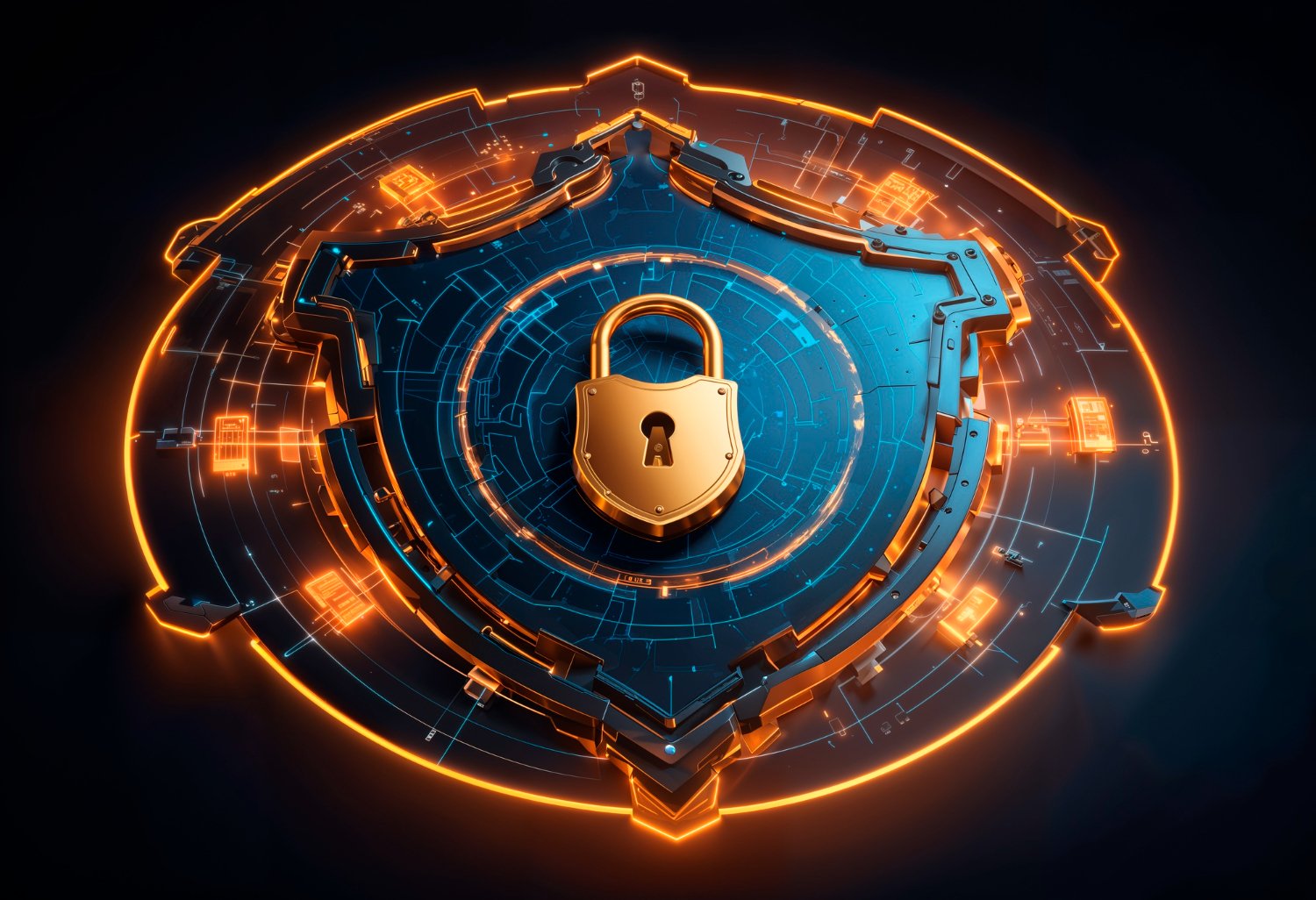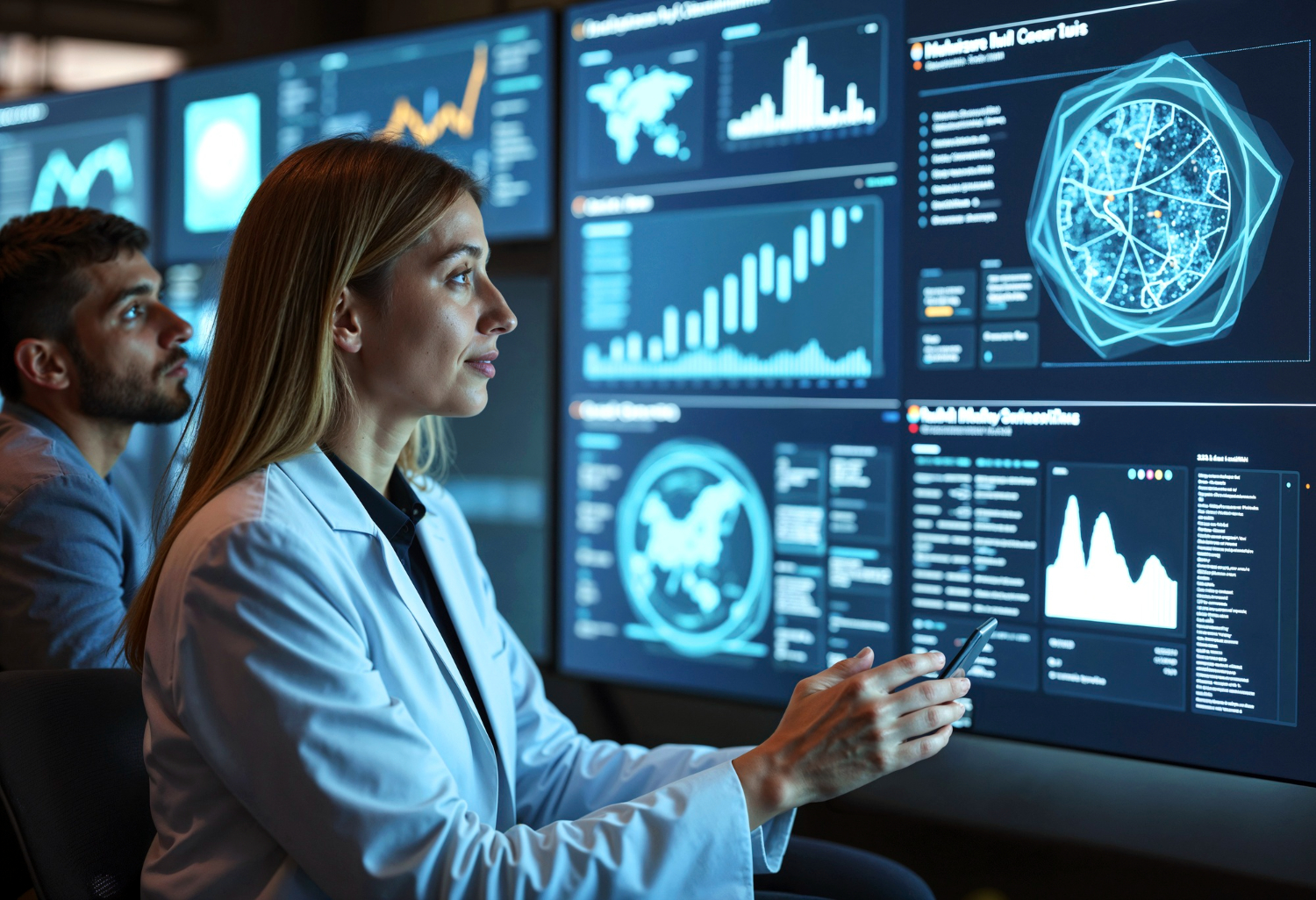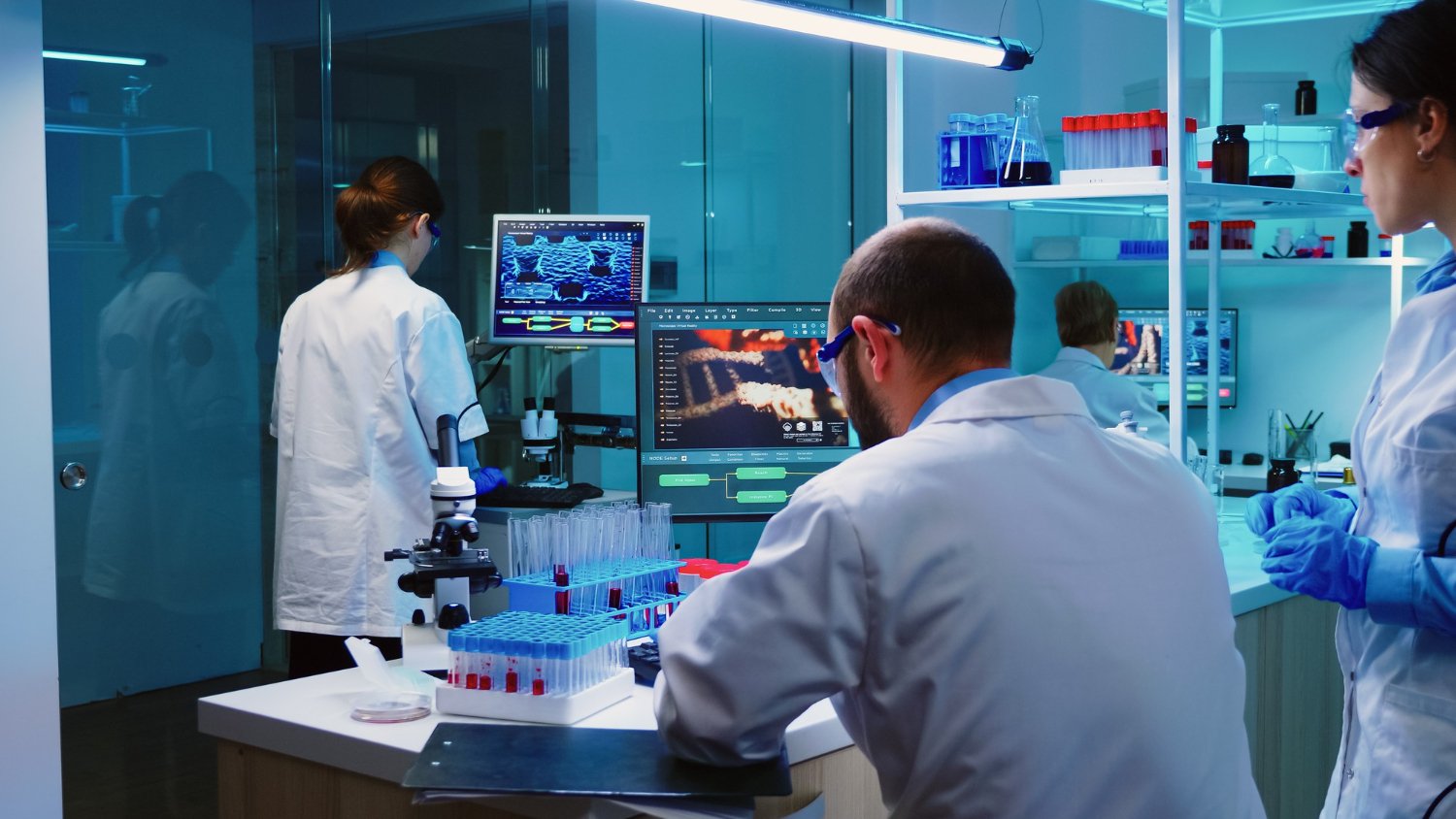As video conferencing becomes central to remote work and collaboration, protecting sensitive information is more critical than ever. Whether it’s for face-to-face meetings, team check-ins, or large virtual events, businesses depend on video conferencing software to maintain confidentiality and smooth communication. Any vulnerability in these tools can expose sensitive data to potential risks.
In this article, we’ll discuss how to safeguard video conferencing platforms, the key challenges businesses face, and steps you can take to ensure your communication channels are safe from threats.
The Growth of Video Conferencing Tools
Video conferencing tools have become essential for both personal and professional communication. Companies of all sizes use them to facilitate real-time communication. With high quality audio and seamless audio and video, these platforms provide users with the feeling of being in the same room.
As remote work becomes more common, so does the reliance on these platforms. However, the rapid adoption of video conferencing software has also introduced concerns about data privacy and protection. Without robust protocols, these tools can be vulnerable to unwanted intrusions and other cyber threats.
Addressing Privacy Concerns in Video Conferencing
Key risks associated with video conferencing include unauthorised access, data breaches, and intercepted audio and video streams. Hackers can exploit weak platforms, potentially hijacking meetings, eavesdropping, or stealing sensitive information. This is particularly problematic for businesses dealing with confidential information.
Many companies, particularly those new to remote work, are facing these challenges. Without a strong privacy framework, business meetings, client calls, and private conversations are at risk.
Keeping Your Video Conferencing Tools Safe
Maintaining privacy in video conferencing solutions starts with selecting the right platform. Trusted video conferencing tools provide encryption for real-time communication. Encryption ensures that only authorised participants can access the audio and video streams, preventing third-party interference.
For businesses handling particularly sensitive information, using open source platforms can be an effective solution. The transparency of open source allows developers to inspect and review the source code for potential vulnerabilities, addressing privacy concerns at the core. Many development teams favour open source options for this level of transparency and control.
Additionally, some platforms employ AI powered features to detect suspicious behaviour during video conferences. These tools help monitor and block unauthorised access, further enhancing privacy protection.
Developing Secure Software
When creating software for video conferencing, developers must prioritise privacy. This involves protecting the source code, applying encryption standards, and ensuring the platform remains resilient under high usage. A well-designed system can handle vast amounts of traffic while keeping audio and video transmissions private.
Frequent testing is necessary to detect and resolve vulnerabilities early. By doing this, software development teams ensure the platform provides seamless real-time communication while maintaining the integrity of user data.
The Role of Development Teams
Development teams play an important role in creating privacy-first video conferencing platforms. Their work includes securing the source code, conducting regular vulnerability assessments, and continuously improving the platform’s defences. This ensures that users can confidently trust the platform to protect their communications.
As more companies shift to remote work, development teams must rise to the challenge of building systems that maintain high quality audio and video streams while meeting privacy demands. Though it can be time-consuming, investing in these protections is crucial for long-term reliability and user trust.
Balancing Privacy and Performance
One of the challenges software-based video conferencing tools face is balancing privacy protections with maintaining high quality audio and video. Users expect clear sound and smooth visuals, especially for face-to-face meetings, but security measures like encryption can sometimes affect system performance.
Developers must carefully optimise their platforms to find the right balance between protection and usability. Regular updates and system enhancements are key to maintaining both high performance and strong defences.
Open Source vs Proprietary Platforms
Choosing between open source and proprietary video conferencing software can be a tough decision for businesses. Open source platforms allow developers to inspect and review the source code, giving them the ability to fix vulnerabilities more quickly. This approach can lead to stronger privacy protection as many developers work together to secure the code.
Proprietary platforms, on the other hand, often provide better customer support but don’t offer the same transparency as open source. Businesses using proprietary tools must rely on the platform’s vendor to handle any issues or risks.
Ultimately, companies need to weigh the benefits of each type of platform and decide which best meets their privacy needs. Open source solutions offer transparency, while proprietary software may provide more features and faster support.
Enhancing Privacy for Remote Work
With more employees working remotely, securing video conferencing platforms for remote work is essential. Workers use these platforms for everything from team meetings to high-level discussions with clients, and the data shared in these conversations must remain private.
Businesses should train employees on best practices for maintaining privacy during video conferences. This includes using strong passwords, enabling waiting rooms, and ensuring all meetings are encrypted.
Conclusion: Protecting Your Communications for the Future
As video conferencing tools continue to grow in popularity, the need to protect data is crucial. Whether you’re conducting business remotely or in-office, keeping audio and video transmissions private is essential for your company’s safety. By selecting the right platform, protecting your source code, and incorporating AI powered tools, you can protect your company from data breaches and other risks.
At TechnoLynx, we specialise in software development that prioritises privacy and reliability. Our development teams work with clients to build custom solutions that safeguard sensitive information without compromising performance. Whether you need an open source or proprietary system, we are here to ensure your video conferencing platform meets the highest standards.
Trust TechnoLynx to protect your communications, keeping your business safe and efficient.
Check out Krideo - the Next Generation Video Conferencing tool!
Image credits: Freepik













